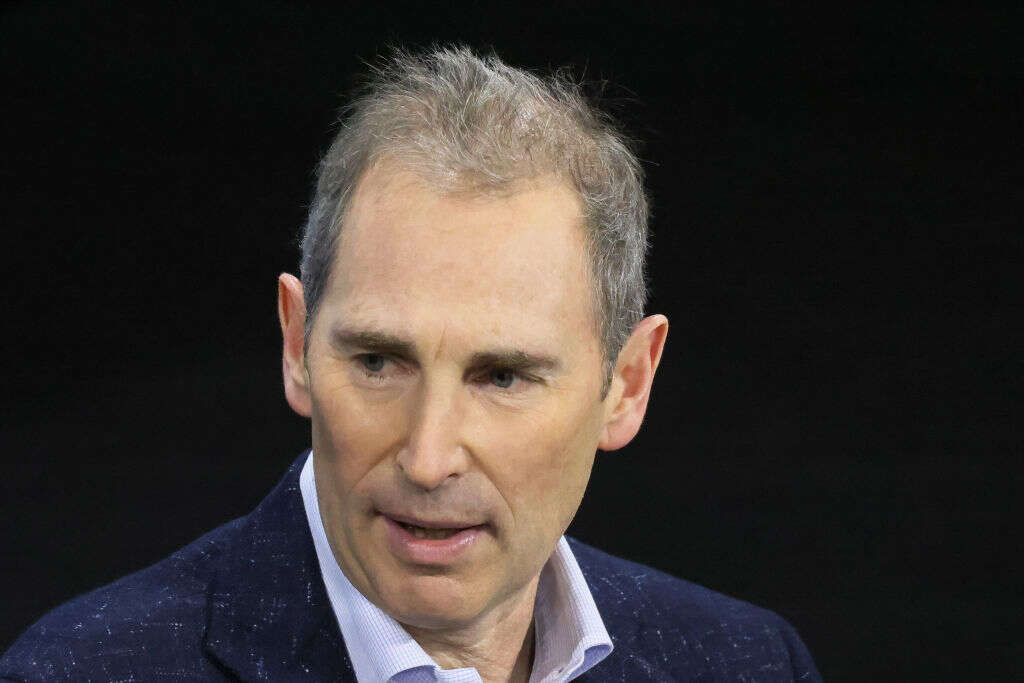
Amazon will cut more than 18,000 jobs as part of a cost-cutting drive after a difficult year. CEO Andy Jassy said the layoffs will largely impact the e-commerce and human resources parts of the business and amount to about 6% of the company’s 300,000-strong workforce.

In November, Amazon announced it would lay off 10,000 staff but that number has increased due to “uncertainties” in the market, Jassy said. It comes off the back of hundreds of thousands of combined job cuts across the tech sector, including from Meta, Twitter, Salesforce, Stripe, Microsoft and Oracle.
Jassy said to staff in a public note that annual planning “has been more difficult given the uncertain economy and that we’ve hired rapidly over the last several years”. He went on to tell staff that “Amazon has weathered uncertain and difficult economies in the past, and we will continue to do so. These changes will help us pursue our long-term opportunities with a stronger cost structure.”
Amazon is bracing itself for slower growth in 2023 due to rising inflation rates that have led to consumers and companies cutting back on spending. It is also retracting back after a rapid growth during the Covid-19 pandemic.
The company says it would normally have held off on announcing new layoffs until speaking directly to affected staff, but a leak of the news forced it to make this latest disclosure. It still has to file paperwork on the mass layoffs and will pay severance to affected staff.
“We are working to support those who are affected and are providing packages that include a separation payment, transitional health insurance benefits, and external job placement support,” Jassy wrote in his memo
Amazon layoffs: shops and HR take the brunt
Job losses will be in Amazon’s physical shops including Fresh and Go in the US, as well as within the human resources team. This follows previous cuts to the Alexa and robotics team that were losing money year-on-year.
Jassy described himself as “optimistic” for the future, suggesting these measures will make the company more inventive, resourceful and “scrappy”, explaining that companies that last a long time go through different phases. “They’re not in heavy people expansion mode every year.”
Despite a slight rebound in the last quarter, Amazon has grown at the slowest rate in the past two decades since the end of the pandemic. Some of the issues stem from a rapid expansion of warehouses, which has been scaled back. Other parts of the business have also been streamlined or cut including primary care division Amazon Care and Scout, the cooler-size home delivery robot.
Elsewhere, Salesforce has also announced plans for a mass layoff, confirming it will make 10% of its workforce redundant in a restructuring project designed to cut costs at the cloud CRM giant. It is the second round of job cuts at the company in three months, and comes amid big changes in its C-suite.
Salesforce is also looking to reduce its real-estate footprint by closing some offices. The move is expected to cost the company between $1.4bn and $2.1bn in payments to departing staff, as well as $450m-$650m in exit charges associated with office space reductions. Redundancies are expected to be complete by 2024, with the office reduction set to continue until 2026.






